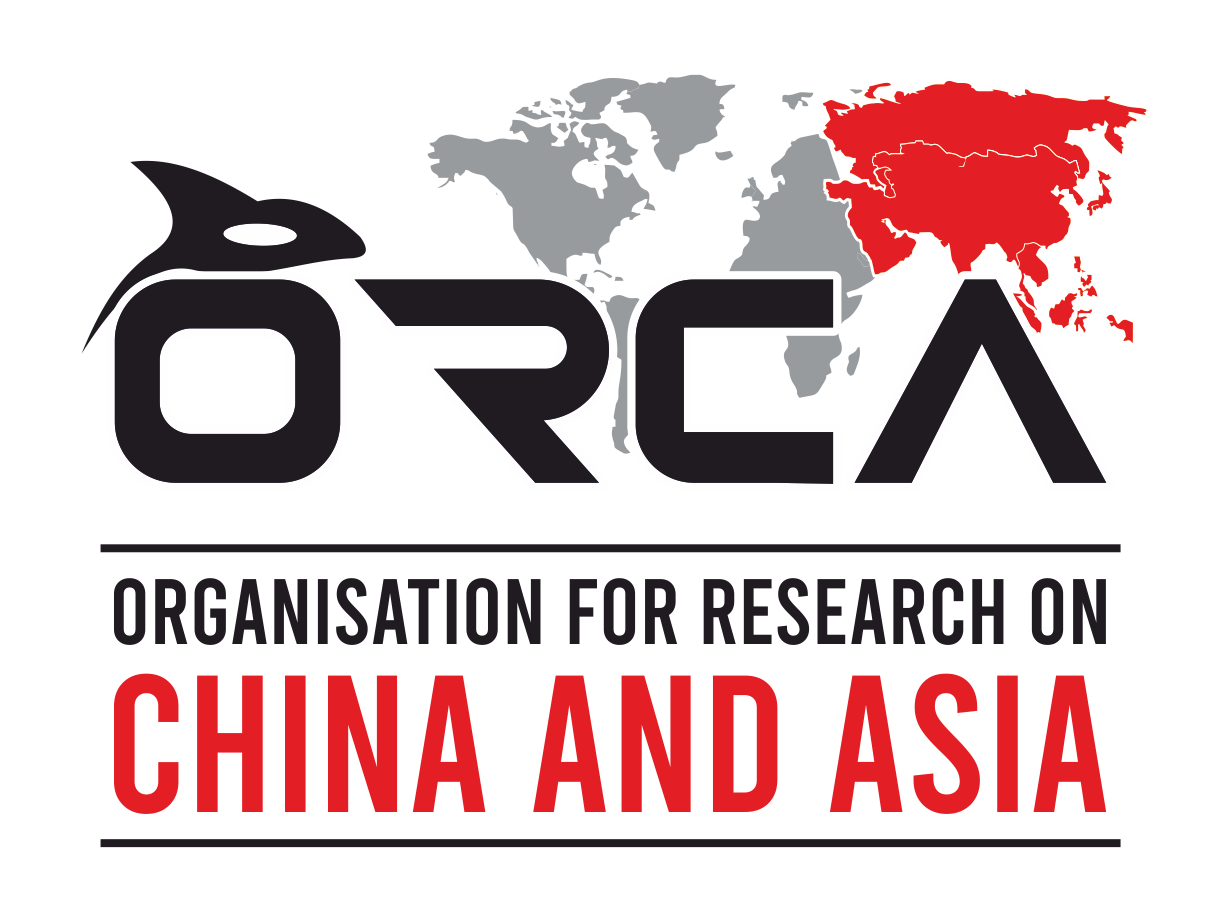NEWS IN CHINA
-
Top Court Sets Landmark Limits on AI Misuse: China’s highest court has delivered a landmark ruling reinforcing voice rights and imposing new limits on the misuse of artificial intelligence. The Supreme People’s Court emphasized the need for strict application of the Civil Code to support high-quality economic and social development. The case involved a voice-over artist surnamed Yin, who found out that her voice was used without permission in AI-manipulated online audiobooks. Yin sued five companies in Beijing, including a cultural media firm, an AI software developer, and a voice-dubbing app operator. The court ruled that the cultural media company had shared Yin’s recordings without consent, allowing the AI developer to replicate her voice for commercial products. The court held that the unauthorized use of Yin’s voice infringed on her voice rights under the Civil Code, which prohibits distortion, forgery, or exploitation of personal vocal traits without explicit consent. The ruling treats voice rights on par with portrait rights, reflecting growing legal protection of individual privacy and personality in the digital age. The Supreme People’s Court noted this decision not only defends individual rights but also sets a crucial precedent for regulating AI, ensuring technological innovation respects legal and ethical boundaries.
-
China’s First Modular 500-kV Substation Goes Online in Zhejiang: China’s first fully modular 500-kilovolt ultrahigh voltage substation has officially started operations in Pancun village, Zhejiang. Completed in just 14 months, the facility showcases an innovative construction method combining prefabricated assembly with intelligent systems. More than 80 percent of the substation’s components including steel-structured control rooms and firewalls were prefabricated off-site and assembled on location. This modular approach shortened construction time by four months compared to traditional methods, cut high-altitude work risks by half, and significantly reduced dust pollution, reflecting a strong commitment to environmental sustainability. Strategically situated within a high-tech industrial cluster housing over 200 enterprises and multiple major projects, the Pancun substation aims to ease long-standing power supply constraints in the region. Its operation is expected to transition the area from short-term power security challenges to long-term energy planning, unlocking growth potential across central Zhejiang. With electricity demand rising ahead of summer, the new substation will strengthen the main power grid for both the local district and the wider city, enhancing the flexibility and resilience of the regional network, said State Grid Zhejiang Electric Power.
-
China Rebukes Rubio’s Taiwan Remarks: China has strongly criticized recent remarks by the U.S. Secretary of State Marco Rubio and Admiral Samuel Paparo, U.S. Indo-Pacific Commander, calling them dangerous provocations that escalate tensions in the Taiwan Straits. Rubio claimed that deterrence for China obviously begins with Taiwan's own self-defense capabilities, while Paparo asserted that the U.S. has plans to counter a mainland invasion and advocated for creating a hellish scenario in response. Chen Binhua, spokesperson for the Taiwan Affairs Office of China’s State Council, said such rhetoric reflects ulterior motives to exaggerate the China military threat and serves the interests of the U.S. military-industrial complex. Chen accused the U.S. of exploiting Taiwan-related issues to interfere in China's internal affairs while profiting politically and economically. Taiwan is China's Taiwan, he said, warning that Beijing would not allow any external force to turn the island into a battleground. He emphasized that Washington should strictly adhere to the one-China principle and the three China-U.S. joint communiqués, and stop sending erroneous signals to what he called Taiwan independence forces. Chen also addressed a recent article in Foreign Affairs magazine advocating for a clearer U.S. stance against Taiwan independence. He welcomed these rational voices and noted that more foreign experts have recently expressed concern about Taiwan regional leader Lai Ching-te’s perceived separatist agenda. He reiterated that the core reason behind current cross-Strait tensions is the Democratic Progressive Party's refusal to accept the 1992 Consensus, which affirms the one-China principle, and its ongoing alignment with external powers in pursuit of separatist goals.
-
Chinese, European Firms Pledge Closer Semiconductor Corporation: China and the European Union have pledged to strengthen cooperation in the semiconductor industry amid global supply chain challenges, according to China’s Ministry of Commerce. At a high-level meeting held on Tuesday, officials from Chinese government bodies, the China Semiconductor Industry Association, the European Union Chamber of Commerce in China, and more than 40 semiconductor companies from both sides gathered to chart a path forward. Recognizing their key roles in the global semiconductor ecosystem, both sides emphasized the importance of collaboration to address rising uncertainties in the international landscape. China reaffirmed its commitment to high-standard opening-up and to creating a fair, stable, and transparent business environment. The meeting firmly rejected unilateralism and trade bullying, calling for joint efforts to ensure the security and resilience of global semiconductor supply chains. Participants praised the dialogue as a crucial step toward building mutual trust, boosting trade confidence, and expanding industry ties. They agreed that enhanced China-EU semiconductor cooperation could contribute significantly to global economic recovery.
-
China Expands Visa-Free Access to Four More Gulf States in Continued Push for Openness: China will extend visa free entry to ordinary passport holders from Saudi Arabia, Oman, Kuwait, and Bahrain starting June 9, 2025, marking a major expansion of its visa waiver program and reinforcing its commitment to global openness and people-to-people exchange. The policy, valid till June 8, 2026, allows citizens of these four Gulf Cooperation Council (GCC) countries to stay in China for up to 30 days for tourism, business, family visits, or transit. With this move, all six GCC member states now enjoy visa-free access to China. Foreign Ministry spokesperson Mao Ning said the measure, announced at the ASEAN-China-GCC Summit, aims to facilitate cross-border travel and deepen bilateral cooperation. The announcement follows a similar decision earlier this month to extend visa-free entry to five Latin American countries: Brazil, Argentina, Chile, Peru, and Uruguay reflecting China's growing global engagement. Experts say the visa expansions support both tourism and trade.
SOCIAL MEDIA CHATTER
China Reacts to First Decline in Gaokao Registrations Since 2017: China’s 2025 national college entrance exam (Gaokao) registrations have dropped by 70,000, the first decline in eight years that has sparked widespread discussion online and among education experts. The Ministry of Education reported 13.35 million registered examinees, down from 13.42 million in 2024. While some netizens expressed hope that this marks a turning point for youth pressure, experts quickly cautioned against complacency. Online platforms like Weibo saw heated discussions under trending hashtags like #Gaokao students shouldn’t take the drop in numbers lightly. Users pointed out the real reason lies in a shrinking youth population and that most 2025 test takers were born in 2006–2007, during a natural birth decline. Policy shifts have also played a role. China's push for vocational education has opened alternative pathways, encouraging some students to bypass the traditional college route. The revised 2022 Vocational Education Law equates the importance of vocational and general education, reshaping aspirations. Others cited rising international education trends as a factor. With outbound student numbers exceeding 800,000 in 2023, many wealthier families are opting for overseas schooling instead of Gaokao. Despite the national dip, some provinces like Fujian and Jiangsu reported increased candidates, highlighting regional disparities. Analysts warn that the intensity of Gaokao still hinges on local competition, admission quotas, and popular majors. While many Weibo users joked that fewer candidates means less competition for jobs, experts and educators urge students to stay focused and tailor their study plans carefully, cautioning that the competition isn’t over, it’s just evolving.
INDIA WATCH
India’s 5th-Gen Fighter Jet Plan Sparks Discussion in China Media Over Regional Defense Dynamics: India’s approval of an execution model for its fifth-generation fighter jet project, the Advanced Medium Combat Aircraft (AMCA), has drawn attention in China, where the move is viewed through the lens of regional defense competition and technological ambitions. Chinese analysts and commentators have noted India’s strategic intent to modernize its air force, with state media highlighting that the new execution model featuring public-private partnerships led by the Aeronautical Development Agency (ADA) marks a shift from previous state-dominated approaches. The estimated project cost of 150 billion rupees (about 1.76 billion USD) and a 10-year development timeline signal India’s long-term commitment to indigenous defense capabilities. In Chinese online forums and media, discussions often contrast India's AMCA program with China's own fifth-generation J-20 stealth fighter, which has been in active service for several years. Some experts see India's move as an effort to narrow the technological gap with China and enhance its regional air superiority. Commentators note that while India faces challenges in defense R&D and manufacturing, its new model of mixed-industry collaboration may accelerate progress. At the same time, observers have expressed skepticism over India's timelines and past struggles with defense procurement delays. However, they acknowledge that the AMCA project reflects a growing strategic awareness in India and its desire to become more self-reliant in defense.


Prepared By
Ipsha Bhalsagar
Ipsha Bhalsagar, an Electronics and Telecommunications Engineering graduate from the Government College of Engineering, Nagpur, blends her technical expertise with a passion for international relations, diplomacy, and design. Currently a Content Intern at The Indian Netizens and a Design Intern at IFPD, she explores geopolitics while contributing creatively. She has authored research on India’s maritime security and participated in global roundtables and workshops. With experience in content writing, public speaking, and data visualization, Ipsha is keen on bridging technology and social sciences, aspiring to enhance research through data-driven insights in diplomacy and international affairs.